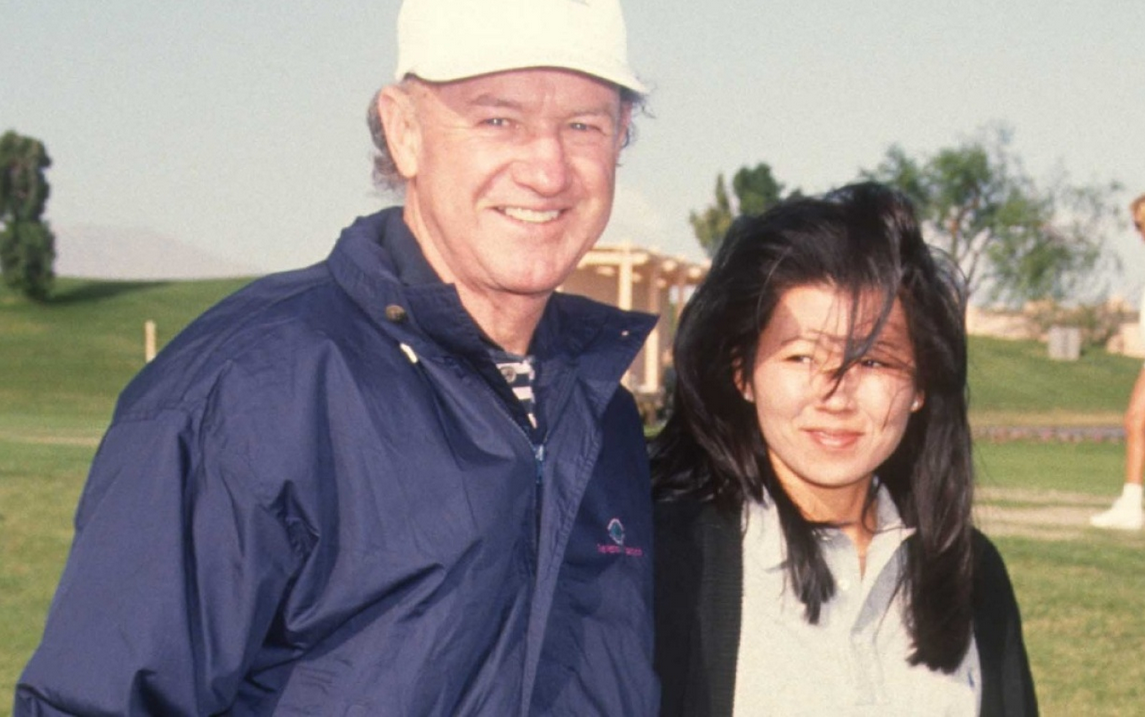One evening in May 2017, Stephen Slater got an unusual email from the US National Archives. NASA had left a trove of untouched Apollo 11-specific film reels sitting in cold storage, the message read. And he could access them.
Slater, an archival producer and self-confessed space nerd, was “stunned.”
He was at his home in Sheffield, England, waiting for his usual Skype call with director Todd Douglas Miller. The two had been compiling every piece of film footage from the first moon landing they could find, piecing it together for Miller’s documentary, Apollo 11, which is out now. The plan: create the moon documentary to end all moon documentaries. But the duo were racing against a deadline. They needed to complete the film in time for the moon landing’s 50th anniversary this July.
That’s when the email came in.
“[The US National Archives] didn’t know much about the content, had no indication whether it was in good condition,” Slater says. Finding records of the moon landing is a mission itself: NASA taped over its own records of the landings to save costs, instead of having to buy more expensive tapes for future programs. Miller and Slater scavenged materials from everywhere: Old NASA engineers sent them cassette tapes from launch day, records kept in places like the Parkes Observatory in Australia.
Read more HERE
Ask me anything
Explore related questions





